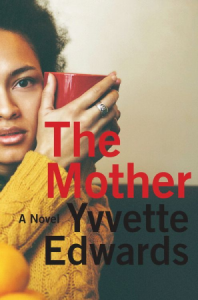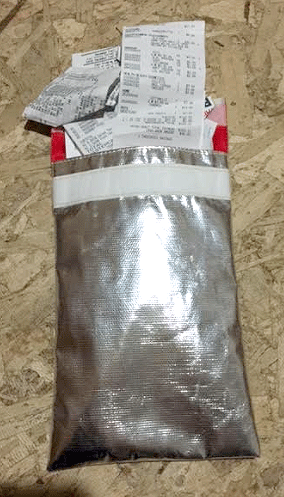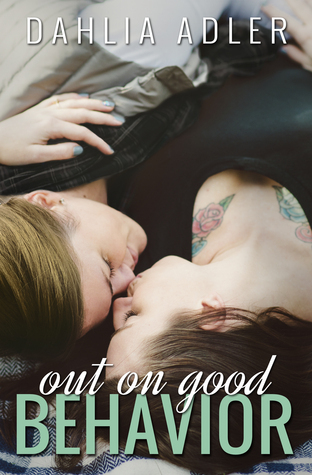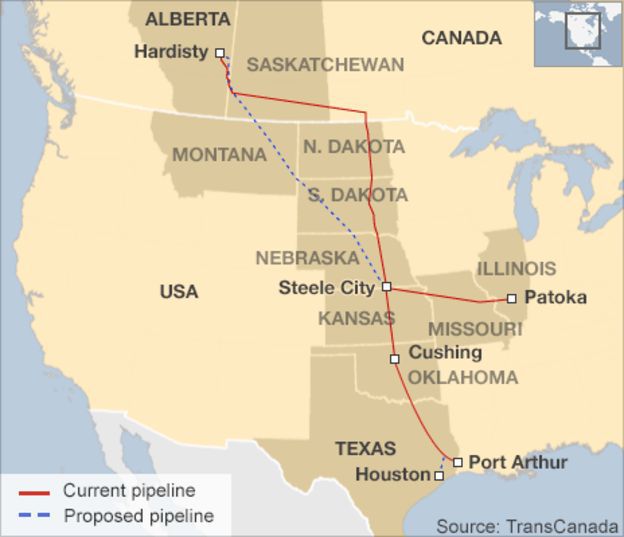Training is interesting because training racehorses is part art, part science and a large part business. It takes a huge financial commitment to start up as a trainer, it’s a big risk. Men and women have tried, some have been successful, some have failed.
The numbers are still hugely in favour of men doing it, but very few do it without the support of a woman, for example in a secretarial position or their partner or wife. I mean my brother and sister in law are a good example. There is no way Andrew could do it without Anna-Lisa, she does all the entertaining of the owners, so that he can concentrate on training racehorses.
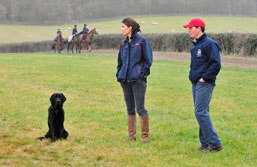 Andrew Balding stands with his wife Anna-Lisa on the gallops. Photo Credit: Kingsclere.com
Andrew Balding stands with his wife Anna-Lisa on the gallops. Photo Credit: Kingsclere.com
It’s a big business, she organises all the staff accommodation, and they employ about 65 people. It’s a huge commitment, and most of those training licenses, if they were honest, and if you ask someone like William Haggas this I’m sure he’d say absolutely, his wife should be on the license with him because they do it together, they go to the sales they do everything together.
The business would collapse without women, but this is true of many businesses and industries.
Yet where are the women in senior positions even in the governance of racing? Where are the senior women at the BHA?
The Jockey Club has got a Deputy Senior Steward, Julia Budd, who is sensational. But she does that on a voluntary basis, she has a full time job, she runs a headhunting company (Chairman of Zygos Partnership). She’s chair of Epsom Racecourse as well.
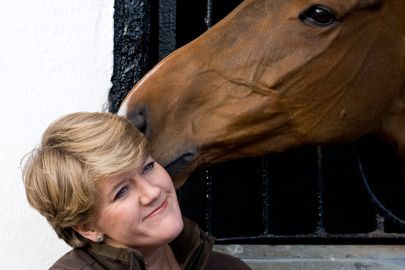 Clare Balding, MBE, believes women are essential to the racing industry. Photo Credit: Getty Images
Clare Balding, MBE, believes women are essential to the racing industry. Photo Credit: Getty Images
On the media side of things, when I started there was only one other woman working on racing. Now I’m thrilled there are probably fifteen, I don’t know I’m guessing. None of them are commentators yet.
In the past 40 years, just guessing I would say it has gone from maybe 5% or 10% female workforce to 50% or even 60% female workforce. But those women in the yard don’t get the chance. How many of them become travelling head lads, trainers, and indeed jockeys? Very very few.
Advertisements Share this: